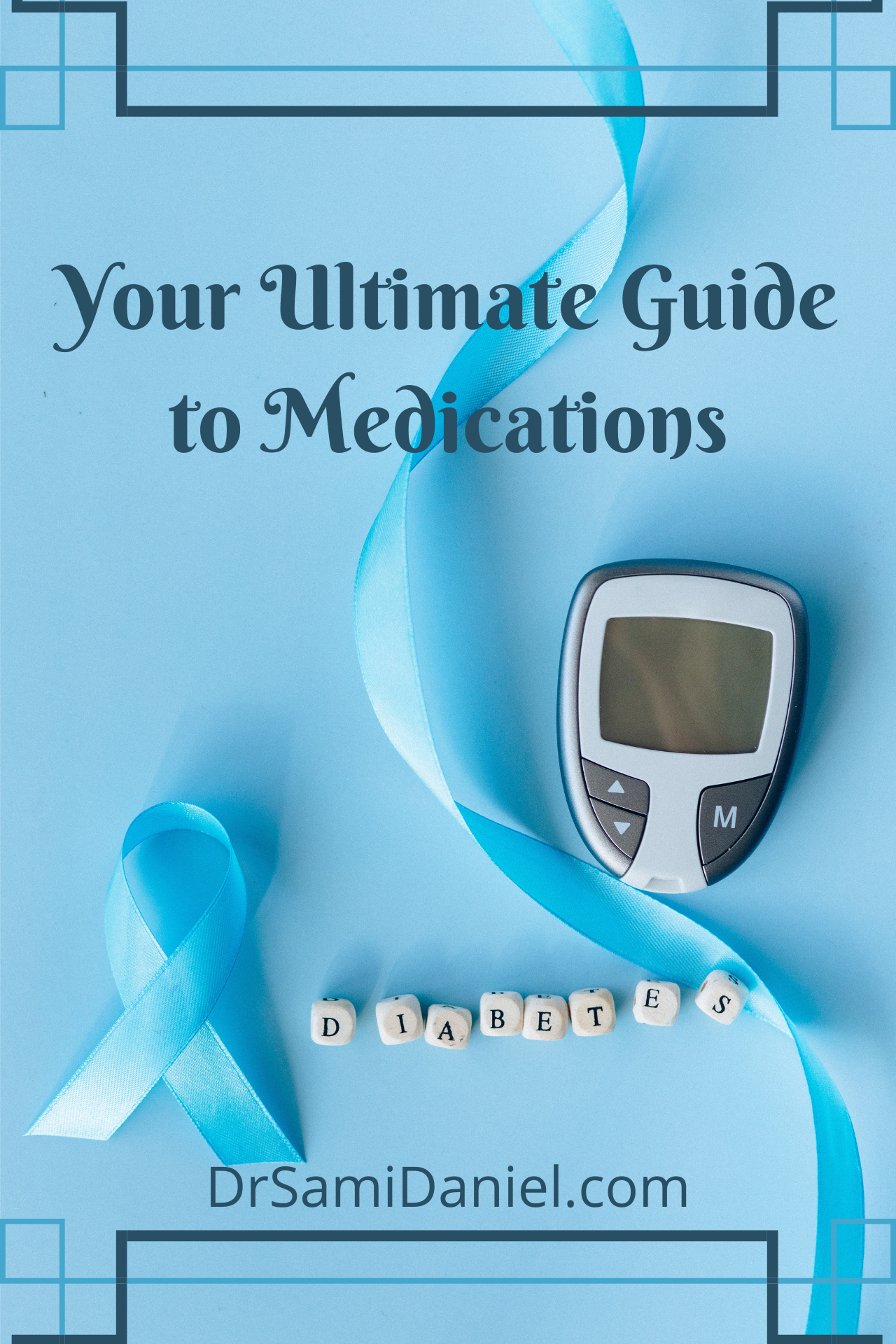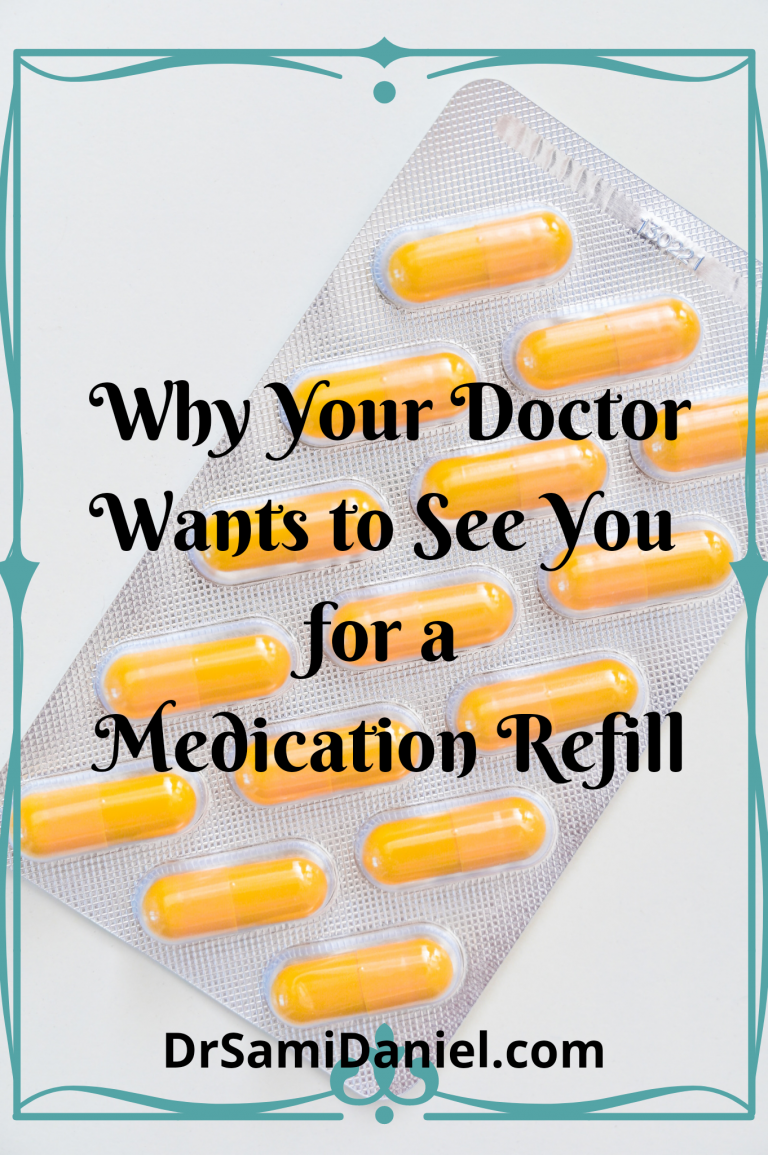Your Ultimate Guide to Diabetes Medications
Your Doctor has just diagnosed you with Type 2 Diabetes. You discussed the implications of this disease, why it needs to be addressed, and the necessary lifestyle modifications. Now comes the discussion of what medications to take. And it’s confusing!
There seem to be so many medications with each option working in different ways! So how do you know what is right for you? The options are overwhelming that you end up simply trusting your Doctor’s judgement and take whatever he/she prescribes to you.
Although many people share this disease, medications must be tailored to each person’s individual needs.
So let us take some time to look into the different treatment options so that you can have an educated discussion with your Doctor at your next appointment.
Diet
No treatment regimen for diabetes is complete without first discussing the impact of diet upon the disease.
Our lifestyle choices have led to this result. Certainly different lifestyle choices can lead to a different, and hopefully more desirable result.
Diabetes is in essence a disease that is characterized by too much sugar in the blood stream. All this extra sugar acts like sand paper in the blood vessels which slowly erodes the ultra-smooth lining and causes plaque build up, decreased blood flow to organs, and possible stroke, heart attack, liver disease, kidney disease, and so on.
Therefore we must focus on regaining control of blood sugar to minimize the risk of this eventual outcome. And we can start by decreasing the carbohydrates in our diet.
The first piece of advice often given to people with diabetes is to decrease carbohydrate intake. This is often a tall order. Carbohydrates are in almost every single food you can imagine. Therefore we grew up on them!
It does not take much to realize that cutting out rice will be difficult when your mother made an authentic dish as a child growing up. Or a sandwich with white bread.
So rather than completely eliminating carbohydrates, cutting back will help control blood sugars while simultaneously controlling cravings.
“What’s left to eat?”
This is a common question after listing all the foods that must be minimized. However there is plenty to eat. We have simply focused on carbohydrates for so long that we have forgotten the other foods available to us. Click here for a guide.
Exercise
Exercise also plays a huge part in the development of diabetes.
Therefore I can also play a big part and controlling and eliminating the disease.
The adage goes, “If you eat everyday, you walk everyday”
American Heart Association recommends that you walk at least 30 to 40 minutes per day at a brisk pace.
Exercise of walking is simultaneously low impact and high-impact.
It is a low impact exercise because it is easy on your joints. Your feet, ankles, knees, hips, lower back, and core muscles are all connected to produce the movement of walking. This is known as the kinetic chain of walking.
Because all the muscles of your legs, thighs, hips, back, and core are involved to produce movement, these groups of muscles require high amounts of energy.
The most accessible energy comes from sugar available in the blood. So if you walk more, you are making a conscious effort to control your blood sugar in a natural way.
Exercise timing
The best time to walk is actually after dinner.
There are two reasons for this:
- It is the biggest meal of the day
- Most people just sit around after eating
Blood sugars will go up dramatically with this combination.
This is because people are likely to have a high-carbohydrate, high-fat meal after a stressful day at work and follow that up with Netflix.
So the blood sugar will spike because muscles are not using all the available energy. And without a need for the energy it will all be stored as fat.
Repeat this process enough times and diabetes will occur.
Stop this process with diet and exercise, and you will maintain your health.
Medications
After making the appropriate lifestyle changes as discussed with your Doctor, you may also consider the medications that are best designed to help you with your goals. Despite all the confusion behind medications, there are essentially two types:
- Tablets to be taken by mouth
- Injections to be taken through the skin
We will look at each one separately and what kind of medication they have to offer.
Tablets by mouth
Metformin
This is the mainstay of diabetes treatment. If you are diagnosed with Type 2 Diabetes, your Doctor will likely choose to start you on this medication. Why? There are 3 benefits:
- This lowers blood sugar levels without increasing insulin from the pancreas.
- It works to lower blood sugar only if your blood sugar is elevated. The blood sugar can fall below normal levels on the rare occasion. However this is likely due to other medications or a change in diet and physical activity in combination with metformin.
- Keeps the blood sugar stable before and after eating so that you have a steady supply of energy. It also helps improve insulin sensitivity in the body; A problem often found in people with Diabetes.
Sulfonylureas
These medications help lower the blood sugar by stimulating the release of insulin from the pancreas.
Insulin is needed for muscles to use sugar. It is often described as a key which unlocks the door and allows the sugars to enter the muscles.
However this cannot work if the pancreas is no longer able to produce insulin. This is often the case in someone with Type 1 diabetes.
Thiazolidinediones
In a disease like diabetes, the keyhole gets rusty. So insulin (the key) is not able to do its job well.
Medications in this category help to improve insulin sensitivity. these medications lubricate the rusty keyhole so that the key can fit and turn the lock easier.
When the lock mechanism is functioning properly, sugar can now leave the bloodstream and enter muscle cells to use for energy and enter fat cells to be stored.
DPP-4 Inhibitors
There is a hormone known as Glucagon-Like Peptide 1, aka: GLP-1.
This hormone helps to slow down the digestive process (which helps you feel full longer).
This hormone also helps regulate the production of sugars by the liver as well as regulates insulin production by the pancreas. Both of these help maintain normal blood sugar levels.
GLP-1 is reduced in a person with Type 2 Diabetes.
A reduction in GLP-1 would promote quick digestion (which leads to more eating and therefore more intake of carbohydrates which break down into sugars), release control of sugar production by the liver, and decrease the signal to the pancreas to produce insulin (which will promote higher blood sugar levels).
So DPP-4 inhibitors are medications that restore blood sugar balance by keeping GLP-1 around for its benefits.
SGLT2 Inhibitors
The kidneys do an excellent job filtering sugar from the blood, and retrieving it to put it back in the blood.
Kind of like a great rebounder in basketball. They want to get the ball back for their team.
Same with the kidneys. They will rebound the sugar so that the body can use the energy rather than losing it.
However in a person with Type 2 Diabetes, the blood sugar is far too high. And the body cannot use all that sugar.
So one solution is to allow the kidneys to filter the sugar without putting most of it back in the blood stream.
This set of medications blocks a transporter known as the Sodium-Glucose Transporter 2 Inhibitor (SGLT2 inhibitor).
Blocking this transportation service the kidney provides to retrieve sugar is one way your Doctor might consider to help lower the blood sugar levels.
Injections through the Skin
This category is further divided into two parts:
- Insulin – There are 2 types of insulin
- Long-acting insulin – If your Doctor feels that you can benefit from insulin injections in addition to tablet medications, he/she may prescribe a form of long-acting insulin also known as basal insulin.
- What is long-acting or basal insulin?
- The body naturally maintains a low level of insulin in the blood throughout the day and night to help with sugar uptake to the cells of our bodies.
- Therefore Doctors attempt to mimic this natural tendency by prescribing insulin that can stay in the blood stream throughout the day.
- If this does not adequately help control blood sugar levels, the Doctor will try to fine-tune the medication by adding a short-acting insulin.
- Short-acting insulin – Also known as Fast-acting insulin or Meal-time insulin.
- Sometimes blood sugar may look like it is controlled when checking your glucose, however blood sugar can still spike after a eating a meal.
- These unseen spikes can ruin good progress and need to be controlled.
- Therefore the Doctor will prescribe insulin that acts within 5-10 minutes.
- Because of the quick action, these insulins must only be used right before a meal.
- Long-acting insulin – If your Doctor feels that you can benefit from insulin injections in addition to tablet medications, he/she may prescribe a form of long-acting insulin also known as basal insulin.
- Non-insulin
- As of this writing, and to my current knowledge, GLP-1 medication can be injected.
- This has a similar effect as the oral medication, however this method may be more potent.
- This method is also more complex as it often involves pen injectors and other devices for delivery of the medication.
- So you must be educated on how to use the medication as well as where to inject.
- Please speak with your Doctor or their staff to understand how to use the medication effectively.
Monitoring devices
I should also mention monitoring devices.
These are the devices that measure your blood sugar throughout the day.
Devices for which you have to pick your fingers in order to get a sample of blood to test for sugar levels.
But there are some devices that attach to your arm and stay there for up to 2 weeks at a time. These devices offer the added benefit being able to check your blood sugar with your smartphone at any time of day or night.
That would be extremely beneficial if you’re really trying to hone in when your blood sugar spikes so that you get the necessary feedback to make appropriate changes.
Of course what device you can get largely depends on your medical insurance plan.
So speak with your doctor as well as your insurance provider to determine what options may be available to you.
What is the purpose of all these medications?
Ultimately, there is only one purpose behind all these medications: To maintain the blood sugar at a normal level to reduce complications from elevated blood sugar and improve health.
These medications all serve this purpose in different ways. Each medication must be evaluated by your Doctor to determine which one or combination is right for your specific body.
Your Doctor is aware of the side-effect profile of each of these medications and therefore will consider your overall state of health. This will include, but is not limited to your liver function, kidney function, electrolytes, and many others to determine if a medication may be more harmful than good to you.
So it is best to ensure that you speak with your doctor anytime you’re thinking of changing your medication regimen.
Side Effects
All these medications cause various side effects.
The most important side effect is Hypoglycemia or low blood sugar.
Symptoms include but are not limited to:
- Headache
- Confusion/Irritability
- Dizziness
- Vision changes/blurry vision
- Sweating
- Increased appetite/hunger
- Shaking or tremors
So please speak with your Doctor if you have any of these symptoms.
Also speak with your Doctor before starting, stopping, or adjusting any of your medications.
Conclusion
Diabetes medications are not that difficult to understand.
They are only confusing because of the shear of volume and different brands of medications.
But ultimately you can either take a tablet, take an injection, and monitor the results to see if they are helping.
So talk with your doctor about the options and figure out what might be best for your health together.








2 Comments